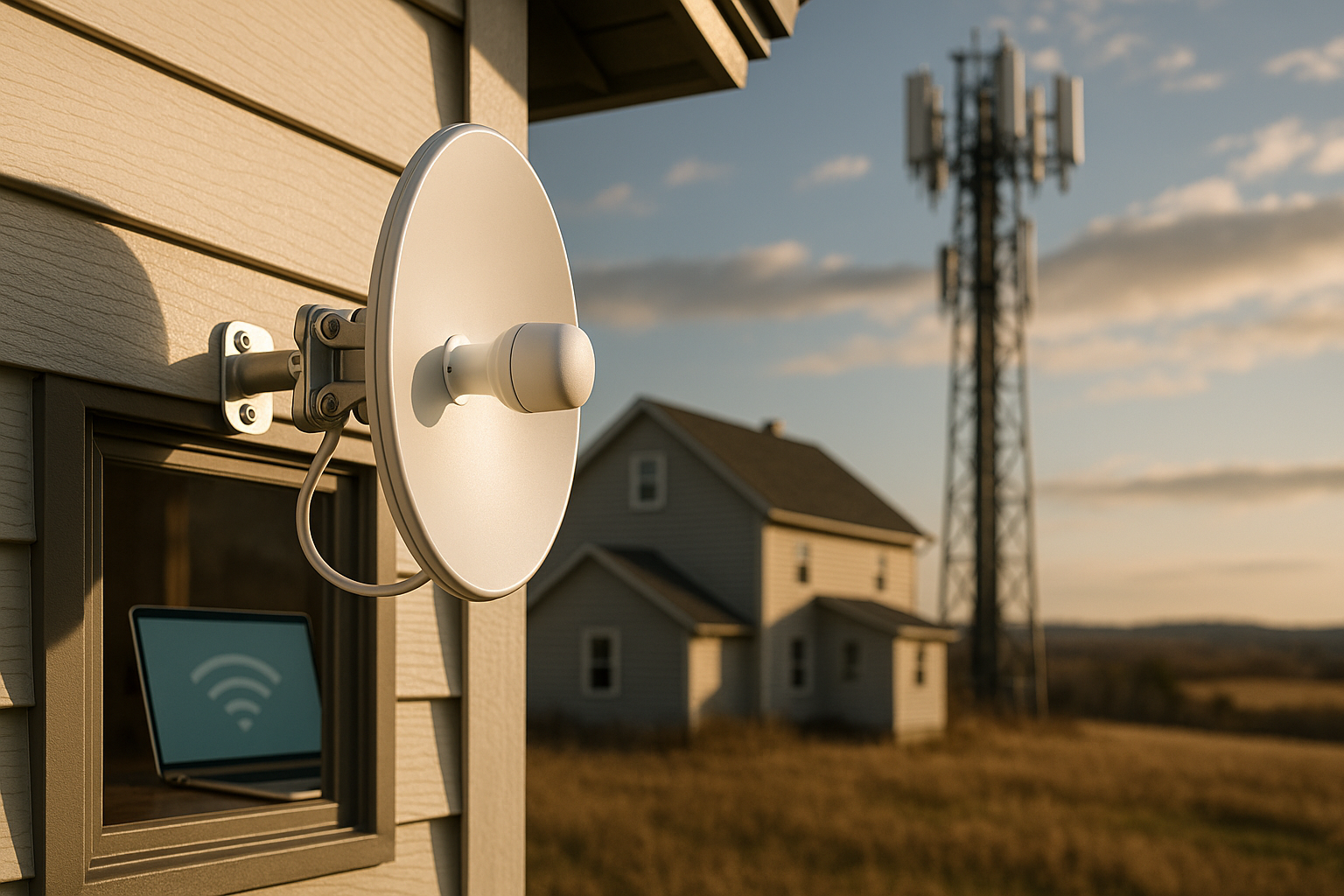Understanding the Promise of Fixed Wireless Access
The world of internet connectivity is constantly shifting, with fresh innovations and solutions emerging. One such innovation that's making waves is Fixed Wireless Access (FWA), a technology that promises to reshape the landscape of broadband internet. But what is FWA, and how is it set to impact our connectivity future?

The Genesis of Fixed Wireless Access
Fixed Wireless Access, a method of providing internet access to homes or businesses using wireless mobile network technology, is not a new concept. Its origins can be traced back to the early days of wireless communication. However, the advent of advanced cellular technologies has greatly enhanced its capabilities, transforming it into a viable alternative for traditional broadband.
The technology works by transmitting a signal from a central access point to an outdoor antenna installed at the customer’s location. This wireless link bypasses the need for physical infrastructure like cables, making it an attractive option for areas where laying fiber or copper internet lines is impractical or cost-prohibitive.
Current Trends in Fixed Wireless Access
As the demand for high-speed internet continues to surge, FWA is gaining traction. Increasingly, telecom companies are turning to FWA to cater to the connectivity needs of consumers and businesses alike.
Moreover, advancements in wireless technologies, particularly the rise of 4G and the upcoming 6G, have significantly boosted the capabilities of FWA. Improved speeds, lower latency, and higher capacity are making FWA a viable contender in the broadband market.
Impact and Applications of Fixed Wireless Access
The potential of FWA extends beyond providing an alternative to traditional broadband. It can play a pivotal role in bridging the digital divide, especially in remote or underserved areas where deploying physical infrastructure is not feasible.
FWA can also be a game-changer for businesses, as it can provide fast, reliable internet access in locations where wired connectivity is not available. This can open up new opportunities for businesses to operate in previously inaccessible areas.
The Challenges Ahead for Fixed Wireless Access
Despite its promise, FWA is not without its challenges. It requires a clear line of sight between the base station and customer’s antenna, which can be hindered by physical obstructions or weather conditions. This can impact the reliability and quality of service.
Moreover, the initial cost of equipment and installation can be high, although these costs are expected to decrease as the technology matures and adoption increases.
The Future of Fixed Wireless Access
While challenges exist, the future of FWA looks promising. As wireless technologies continue to evolve, we can expect FWA to become a more robust and reliable solution. It holds the promise of democratizing high-speed internet access, making it accessible to everyone, everywhere.
In conclusion, Fixed Wireless Access is more than just another internet connectivity option. It is a transformative technology that has the potential to reshape our digital future, bringing us one step closer to achieving universal internet access.






